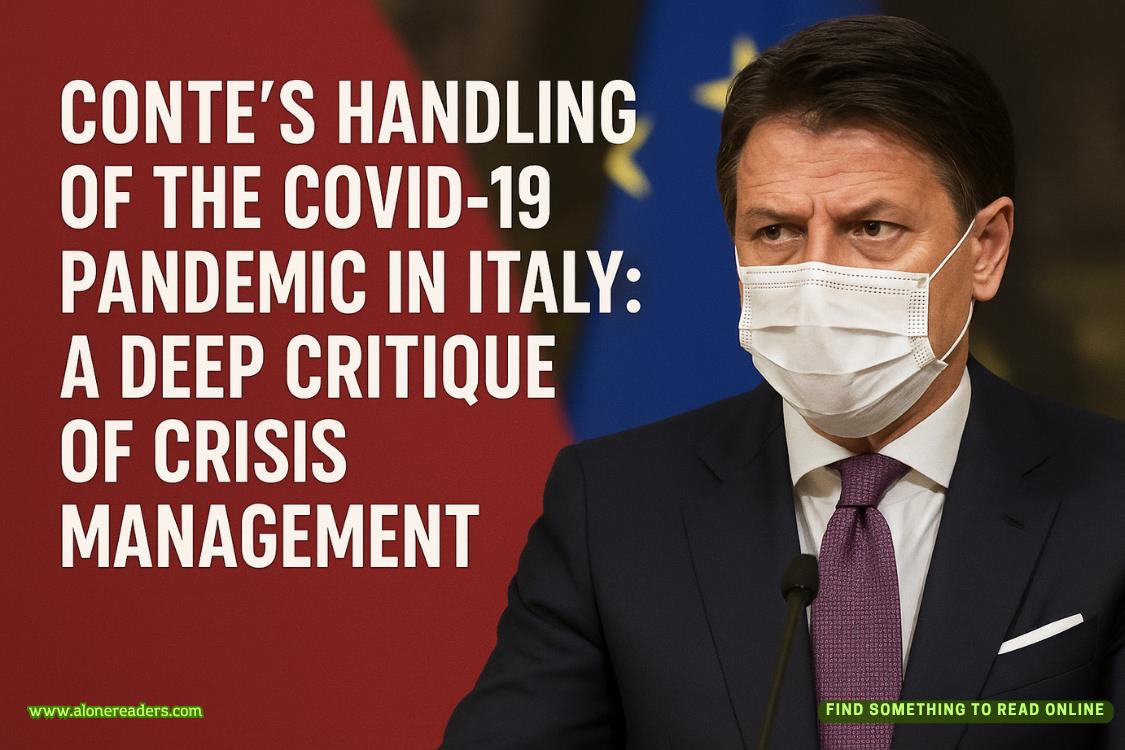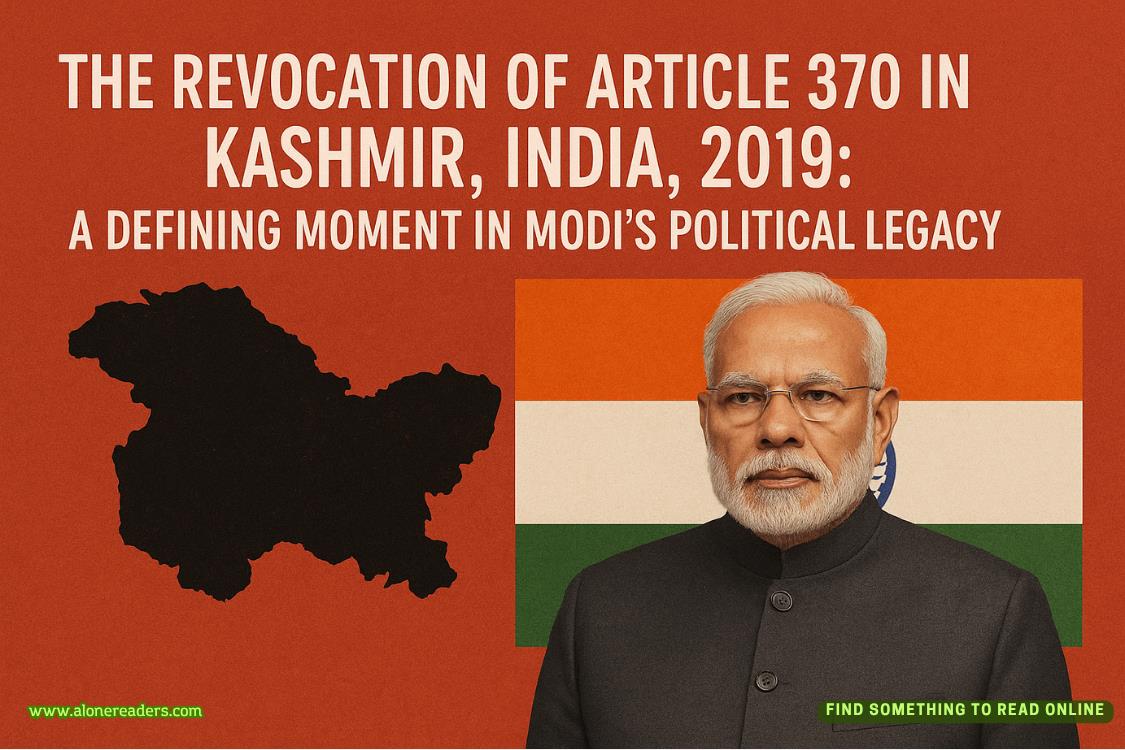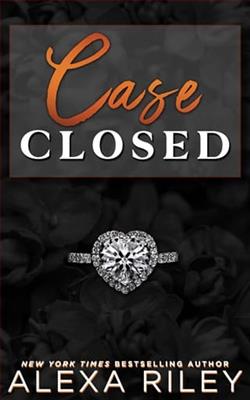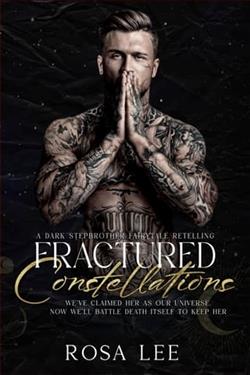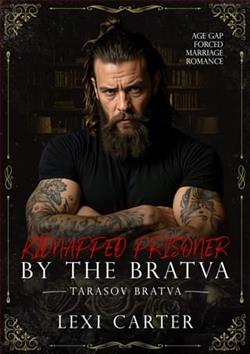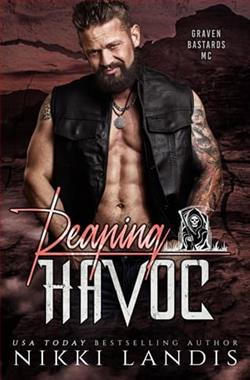Page 7 of Her Dying Secret
“What a bastard,” Josie said.
“Yeah.” Anya studied the victim, head tilting in thought. “In my experience, though, stabbing deaths resulting from domestic violence are usually much worse than this. These men—they never stab just once.”
But someone had tried to stab Mira Summers multiple times. Had she been trying to defend the passenger? Had she been stabbed with the same weapon that now protruded from the victim’s stomach?
Josie’s eyes were drawn to the woman’s hollow cheeks again. “If we’re looking at a domestic, maybe the stabbing wasn’t the worst of what he did to her.”
“Or maybe you’re not looking at a domestic. Maybe the killer is someone other than a partner. Maybe she was trying to get away. Could be the driver was trying to help her. In my ER rotation, I saw a few retained knives from stabbing incidents. It was usually because the person was too afraid to pull the knife out. In at least two of the cases, the patient thought that somehow the knife was holding all the vessels and tissue in place and preventing them from bleeding out.”
Under her cap, sweat beaded at Josie’s hairline, making her scalp itch. “Were they right?”
“One of them was, yes. Sort of. He would have bled out anyway—the damage was done—but leaving the knife in did slow the bleeding long enough for him to get the medical care that saved his life.”
“You think she was trying to keep the knife where it was until she got help?” Josie asked, gaze flitting to the woman’s skeletal fingers curled around the knife handle.
“I don’t know. Maybe she was too weak to pull it out, or maybe the driver was afraid to pull it out,” Anya said.
“Mira Summers put a seat belt on this woman. She was driving her somewhere. Maybe to the hospital?”
“Why not call 911?” Anya asked.
Josie looked toward the north where the road stretched on until the horizon, nothing ahead, and then south, where it rolled down a long hill leading into the city. “If they were fleeing someone, she might not have had time. If they were attacked somewhere out here, it would probably take 911 too long to get to wherever they were.” She pointed to the northbound side of the road. “This goes on for at least fifteen miles before it reaches another town. There might be a few residences in between, but this is a fairly deserted stretch of road.”
She’d have to find out where the driver was coming from and at what point and under what circumstances the passenger got inside the car. According to what Brennan had read off from Mira Summers’s driver’s license, she lived in Denton, which meant she must have traveled this road and then turned back toward the city.
Anya said, “That’s your department. I’ll do what I can on exam and autopsy to give you something to work with in terms of the actual homicide.”
Josie stepped back so that Anya could continue her examination. She snapped a few more photos before returning her camera to its case. Then she leaned inside the car, arching her back so she didn’t disturb the handle of the weapon, and used her gloved hands to probe the pockets of the woman’s sweatpants. Josie couldn’t help but notice that those, too, looked old and dirty. Mud streaked down their front.
“Nothing in the pockets,” Anya muttered.
Josie hadn’t expected anything. The woman didn’t even have shoes on. It appeared the only thing in her possession was the weapon that had killed her.
“Almost done,” Anya said. “I just want to check her other hand.”
Josie watched as Anya pried the woman’s fist open. Flakes of dried blood fell from her fingers. In the center of her palm was a folded piece of white paper.
“What do we have here?” Anya said, her voice tinged with excitement.
“Hummel!” Josie called. “We’ve got something.”
A moment later, he was at her side, his clipboard tucked under his arm. Josie stepped back several feet and Anya joined her as they let the ERT document and photograph the paper before it was removed.
Finally, they gathered near the open door again as Hummel unfolded the page with care. It looked like regular copy paper they used in the office. “It’s damp,” he said. The ends of it hung limply from his hands. Smears of blood marred the edges.
Anya said, “Is that?—”
“A child’s drawing,” Josie said.
SIX
Hummel held up the picture so that all of them could see it. Drawn in crayon, its center showed a thick black ring with a larger dark brown ring around it. In the very center of both rings was what appeared to be a flower. At the top of a straight green stem was what looked like a red cup. A tulip, maybe? A rose? Above and below the rings, darker, wavy brown lines ran the length of the page. Crossing one section of those lines was a straight gray one that started at the rings and ended near the edge of the page, its tail forming a small rectangle. Next to that were several tiny circles drawn in a lighter brown. Josie was pretty sure the crayon color was called Desert Sand. She could identify most of the crayon colors just by sight after spending so much time watching Harris—her best friend Misty’s son—use them. All in all, the drawing was messy, like the kinds of pictures Harris used to draw when he was in kindergarten. The thought made Josie’s heart flutter wildly, like a trapped hummingbird. There was a child connected to this woman. Where were they, and more importantly, were they safe?
“What is that?” asked Anya.
Hummel rotated it. “I don’t know.”
“Maybe an eye?” Josie suggested.






